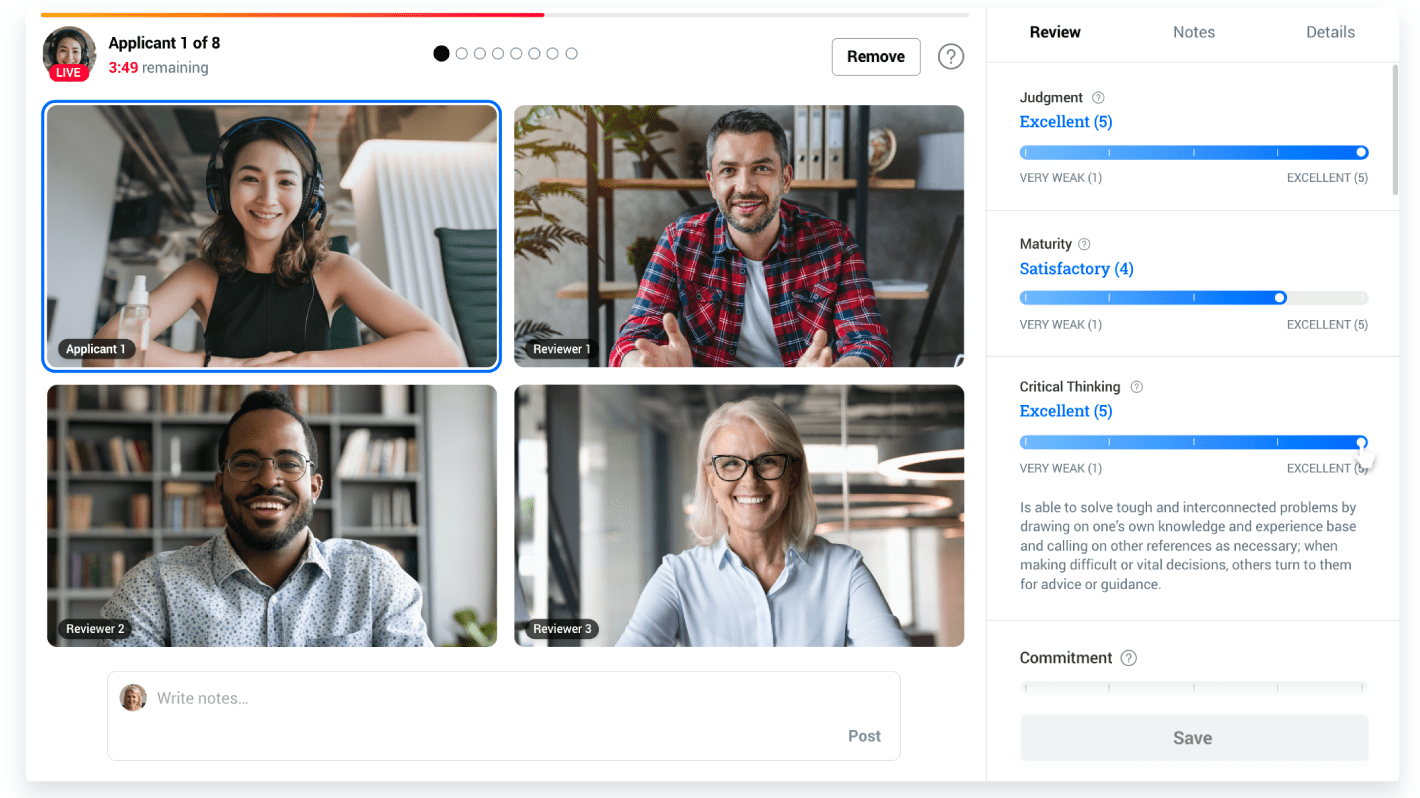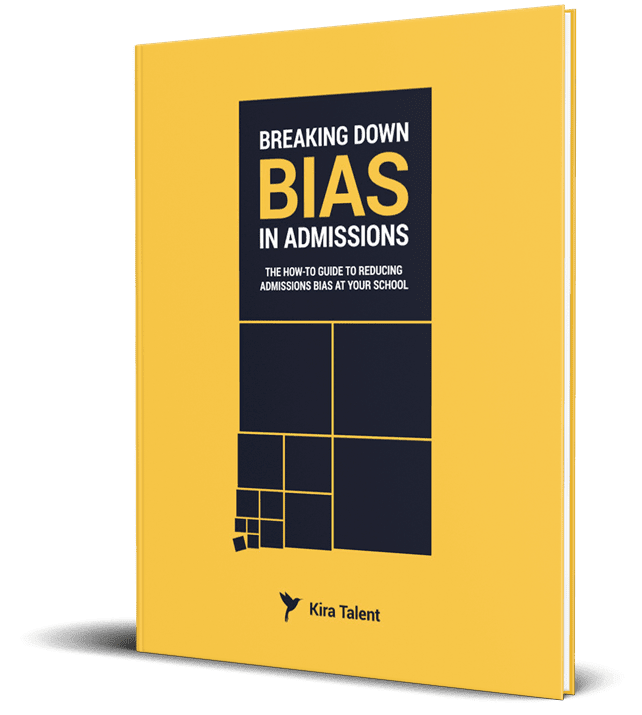Globalization, internationalization, and higher education
In 1975 there were 40 million post-secondary students, and by 2007 it more than tripled to 150 million students worldwide. Much of the growth in the global student population over the past four decades is from blossoming higher education systems in developing countries.
Alongside the increase in the number of students around the world, we are also seeing an increase in the number of students studying at a university outside their home country. It is predicted that by 2025 there will be 8 million students who study abroad (OECD). “This mobility has oscillated from a mostly unilateral East-to-West stream to become much more reciprocal,” (QS Intelligence Unit 3). As we enter the next decade we can expect to see a more equal distribution of international students around the world.
International students are frequently caught at the meeting point of multiple economic, social, and academic agendas. When international applicants apply to your programs they are embarking on a complicated social, financial, and cultural journey.
As we see institutions receiving and admitting more international applicants than ever before, admissions teams may need to update their evaluation processes to take into account different education systems, cultures, and expectations of institutions of higher education.
The impact on applicants
The traditional trope of an international student at a western institution is a rich foreigner who is able to pay their way through school without financial assistance. In many countries in order to qualify for a study permit, international applicants need to provide “proof of funds” that they can pay tuition without financial assistance.
However, as education researchers Caldwell and Hyams-Ssekasi found in their 2016 research, applicants are actually sourcing this money from family, friends, or loans in their home country. By making their bank account appear that they have enough money to pay for their tuition and fees, institutions mistakenly believe these students require no financial assistance.
Because international students typically do not have loans from their host country, many institutions do not know that they need financial assistance, or that their students may need more help in securing work and gaining an income while studying in a new country.
The application process to post-secondary institutions also causes immense anxiety to international applicants. Unfortunately, the support that universities provide to international students normally begins either at the point of admission or at the point of arrival to the university. Because of the stress that this process causes international students, the benefits substantially outweigh the costs of creating a pre-application support or programming for international applicants.
Creating a more global application process
When international students complete a standard online application for university, they are automatically disadvantaged as the reviewers assessing the applications are unlikely to be from the same cultural background. In order to fully understand and assess international applicants, we must first start by giving them a platform to adequately represent themselves.
To enhance the international applicant experience we must begin by recognizing that international students are not a homogeneous group and while we can cater some of our services to them, the international student population is made up a diverse group of people who each have unique perspectives and needs.
For more on this, read:
Engaging Chinese international undergraduate students in the American university by Heidi Ross and Yaijing Chen (2015)
International Student Expectations: Career Opportunities and Employability by Per A. Nilsson and Nannette Ripmeester (2016)
Helping the Transition: Mentorship to Support International Students in Canada by Clint Thomson and Victoria M. Esses (2016)
Leaving Home: The Challenges of Black-African International Students Prior to Studying Overseas by Elizabeth Frances Caldwell and Denis Hyams-Ssekasi (2016)
You cannot talk with all of the strangers in a pub’: a longitudinal study of international postgraduate students’ social ties at a British university by Alina Schartner (2014)
Competency-based admissions and portfolios for international applicants
Competency-based admissions is a growing body of knowledge surrounding how we evaluate applications to post-secondary. It looks to evaluate the actual skills that the applicant has acquired at that point in their education, not just understand the courses that they took or the extracurriculars that they were involved in.
Assessing an application for GPA and test scores before looking at supplemental application materials may not account for the potential and capability of your international applicants. While grades are an important equalizer amongst applicants, comparing educational systems to determine grade equivalencies is a challenging task.
Domestic applicants frequently require conversions between state or provincial grading systems, but with international applicants this can become more challenging. Admissions teams do not only need to understand the rating scale and curriculum where applicants are located but also take into account the culture of the education system that the applicant is applying from.
Using competency-based admissions to level the playing field
Competency-based admissions provides a way to navigate different education systems by trying to understand what students actually learned in their education journey, rather than trying to create equivalencies.
Kwantlen Polytechnic University located in British Columbia, Canada has an education incubator called Kwantlen Educational Policy Incubator (KEPI). Part of KEPI’s research examines how to streamline processes between elementary, secondary and post-secondary institutions.
“The government of British Columbia is in the process of revamping its educational curriculum away from grades, focusing instead on core competencies including communication, thinking, as well as personal and social competency,” said Dr. David Burns, who leads the study, in an interview earlier this year.
The Mastermind Europe project found the way around determining grade equivalencies was to not ask “‘Does this student have a bachelor’s which is sufficiently identical to our own preceding bachelor’s’ but instead ask ‘Does this student have what it takes to be successful in our programme?’” (Kouwenaar, p. 131, 2015).
Competency-based admissions helps your team see the applicant as an individual, and when it comes to international applicants, it gives you so much more than a data point of a standardized test or an attempt at grade and curriculum equivalencies.
Understanding an applicant’s story
Understanding who the actual human being that will be joining your incoming class is potentially even more important than their skills and abilities in any one subject area.
Because international applicants are most likely coming from a culture different from that of your university, you are immediately confronted with a challenge in understanding cultural differences the moment that you open their application.
By recognizing that international applicants are not a homogeneous group it can be challenging to create adequate resources and supports that will benefit all international students. With this in mind, I believe that the best way to allow applicants to better express themselves is to give them the opportunity to do so!
We are seeing more and more institutions implementing holistic admissions and allowing students to provide evidence of who they are, their past successes and future potential.
One way to do this is by introducing video assessments into your application process. By giving international applicants a chance to verbally represent themselves, you get an inside look that would typically only be given to applicants that could come to an on-campus visit, or through complicated Skype interview scheduling. Yes, you can use Kira Talent to do this!
Besides video assessments, schools are using portfolios. Similar to the “locker” feature on the Coalition Application, these portfolios allow applicants to share different sides of themselves with your admissions team.
KEPI has a specific research project called The Surrey Portfolio Pathway Partnership (S3P).
“The Surrey Portfolio Pathway Partnership, or S3P, is intended to create a pathway through which students from the Surrey School District can be admitted to KPU with their portfolios, which are designed to show a more complete picture of each and every individual's skills and abilities than are traditional letter grades,” says KEPI.
These portfolios can be used to demonstrate academic competence, but can also be used to demonstrate personal characteristics, traits, and skills.
The University of Michigan’s Ross School of Business - Bachelor of Business Administration implemented a portfolio component to their admissions process. To complete an application to Ross, applicants would need to write a 500-word admissions essay, and upload an “artifact”, which is meant to be ”a document or artifact that represents something significant about your life to show your learning in action.”
This addition to the application process allows applicants to speak about something that is deeply important to them through their artifact upload. It gives applicants the opportunity to express themselves to the admissions committee in a genuine way.
As the world of university admissions continues to globalize at a high rate, admissions teams need to be innovative in their evaluation practices.
Competency-based admissions, or enhancing your holistic admissions process, is certainly one way to do so.



